The 2016 Nobel Prize in physics was awarded to David J. Thousand Less, F. M. Duncan Haldane and J. Michael Kosterlitz for their contributions in understanding how some materials can behave, called the physics of topological order and phase transitions.
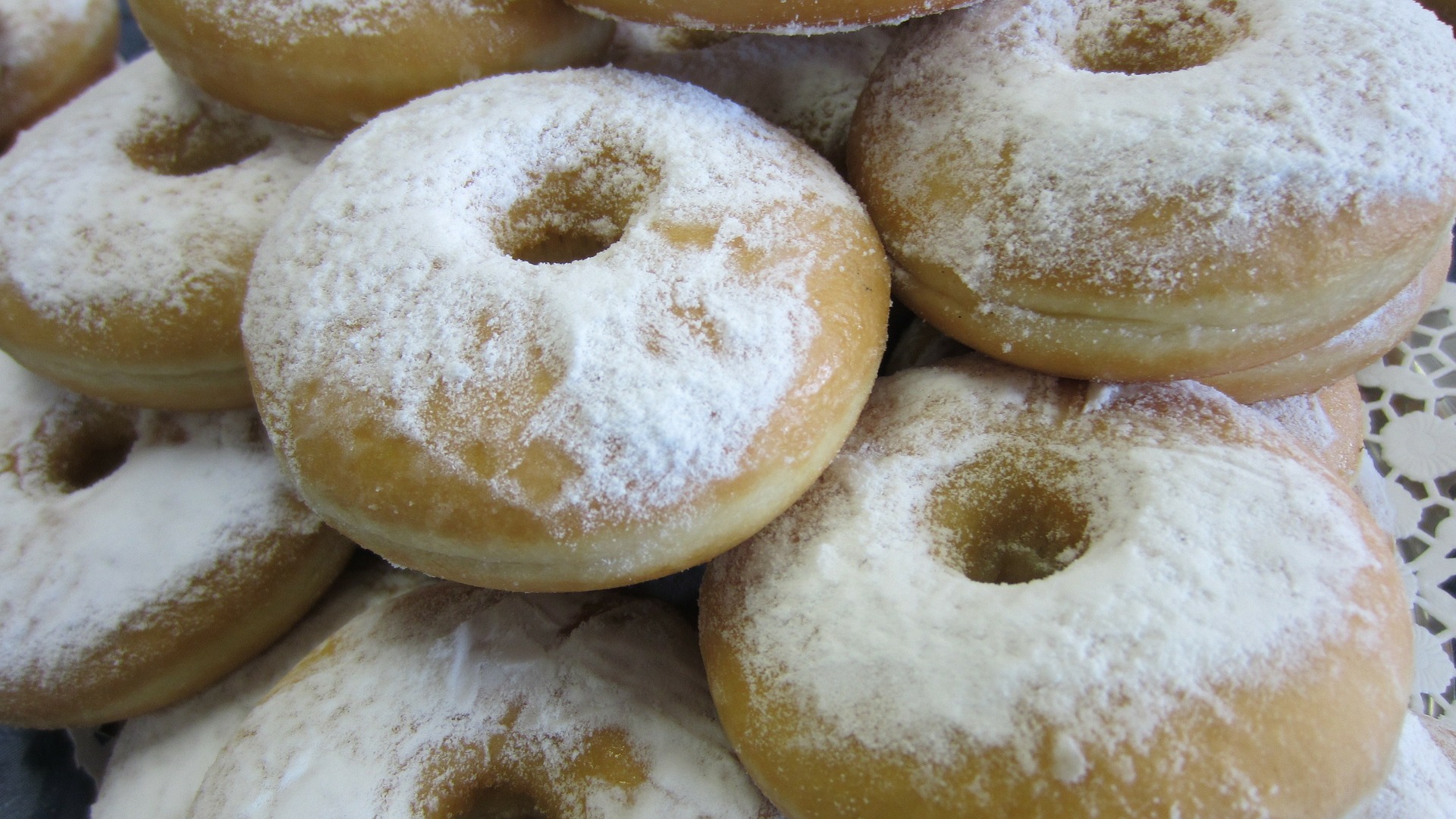
What have donuts, pretzels, and driving on the right side of the road have to do with this Nobel Prize? Well, this year’s Nobel Prize in physics is about how some properties must either be or not be.
For a pretzel to be a pretzel, it must have two or three holes while typical donuts only have one hole. There is either right-hand or left-hand traffic, nothing in between.
One can say that various objects and course of events have a different topology. And moreover, can only exist in integers. There is no donut that has half a hole, for example.
Topology is originally a mathematical concept that describes the geometric properties of a material.
These topological properties are very robust and a large amount of energy is needed to change any of these integer properties.
Superconductors
Klaus von Klitzing, who received the Nobel Prize in Physics in 1985, examined how electrons behave if they were laid out in two dimensions, in low temperatures, and in a strong magnetic field.
Von Klitzing discovered that electron conductivity, i.e. that the stream is affected by the voltage level – that it changes in a step-like manner and in integers. Why is that?
One of the Nobel laureates in physics, David J. Thousand Less, came to the conclusion that it must be due to the so-called topological differences of the electrons, and began to explore different types of materials such as liquids or superconducting thin magnetic films.
The topological phase transitions is about how topological differences are dependent on temperature, for example. A common phase transition happens when the matter goes from one form to another. As when water goes from water vapor to liquid, to ice.
To perform a topological phase transition, extremely low temperatures are often required, or strong magnetic fields.
David J. Thousand Less with Michael Kosterlitz showed this. The third Nobel laureate, Duncan Haldane, showed how the topological properties can also be found in small chains of small magnets.
Quantum computers
These topological phases have great significance for how materials work and researchers around the world are currently working to produce this kind of material, to be used in, for example, future quantum computers.
Large-scale quantum computers are extremely complex if any calculation goes wrong at the beginning, the quantum computer becomes useless. But if the information is stored using electrons that are added in a manifold, the information storage is much more stable.

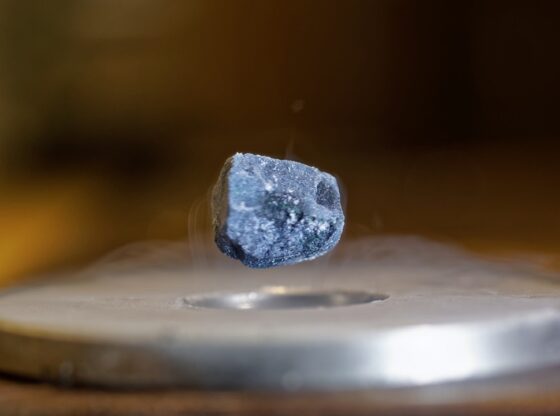

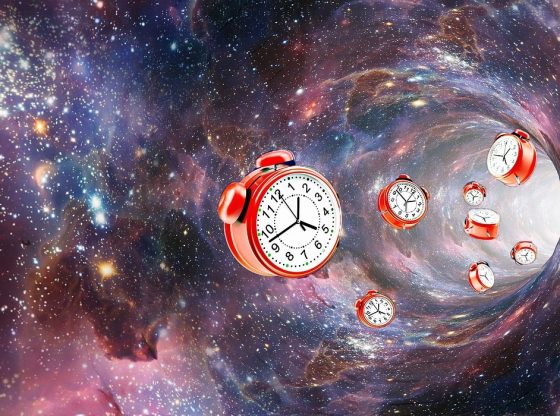
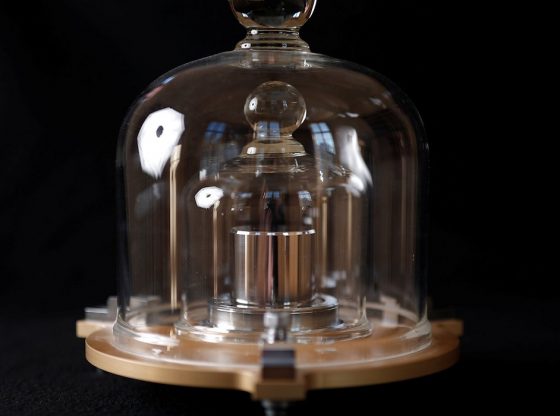
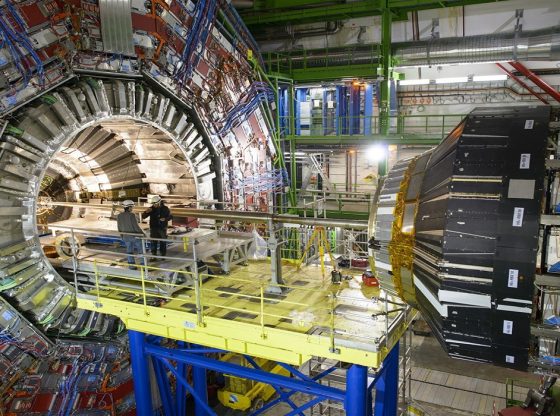
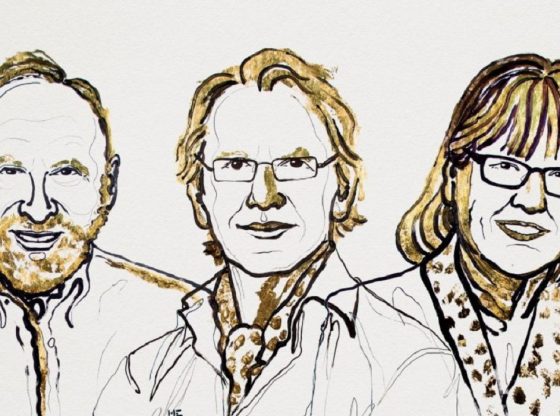
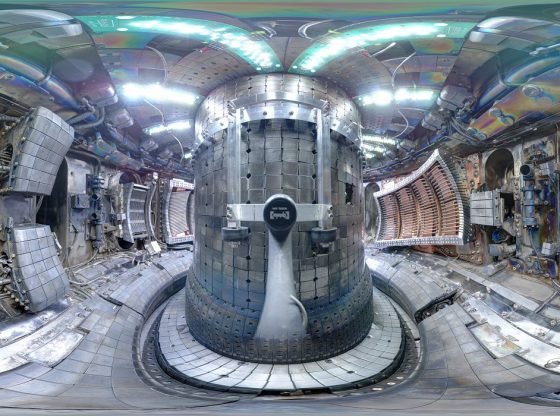
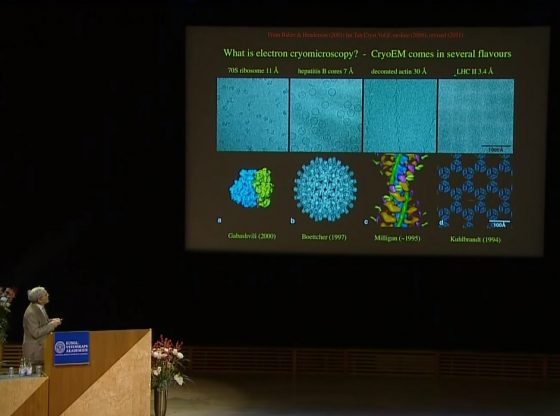
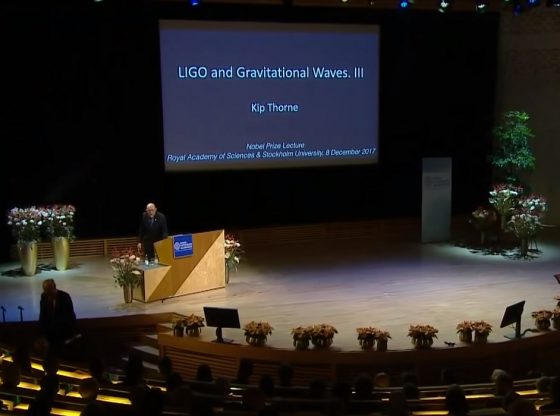
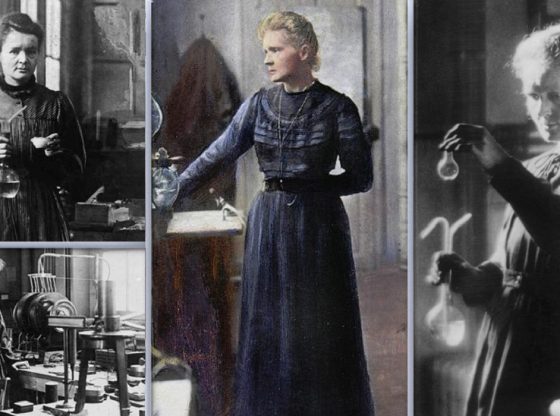
![OpenAI. (2025). ChatGPT [Large language model]. https://chatgpt.com](https://www.illustratedcuriosity.com/files/media/55136/b1b0b614-5b72-486c-901d-ff244549d67a-350x260.webp)
![OpenAI. (2025). ChatGPT [Large language model]. https://chatgpt.com](https://www.illustratedcuriosity.com/files/media/55124/79bc18fa-f616-4951-856f-cc724ad5d497-350x260.webp)
![OpenAI. (2025). ChatGPT [Large language model]. https://chatgpt.com](https://www.illustratedcuriosity.com/files/media/55099/2638a982-b4de-4913-8a1c-1479df352bf3-350x260.webp)








